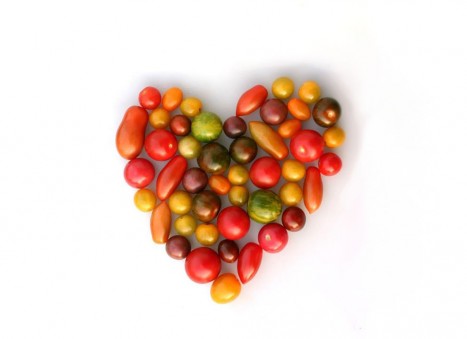Scientific evidence
Soil life
Micro-organisms and earth worms play a leading role in keeping soils fertile. Organic soils usually have more of them, as a result of using natural fertilizers with organic material, and crop rotation. The micro-organisms are also more diverse and more active in organic soils.
Source: Haveman & Stortelder 2006
Insects and other invertebrae
On organic farms 1.6 times more beatles, 3 times more butterlies and 1 to 5 times more spiders are found than in conventional agriculture. Many of them are natural predators for pest insects like lice. They also contribute to pollination are an important food source for birds. Reasons are clear: no chemical pesticides, more organic fertilizer, crop rotation, more landscape elements that provide habitat such as hedges, more nature.
Source: Tack, 2006
Plants
In organic farming we find 5 x more wild plants and 57% meer plant species than in conventional farming. The non-agricultural plants are a major food source for invertebrae and birds. They also prevent food crops from being eaten by plague animals.
Source: Tack, 2006 and Haveman & Stortelder 2006
Crop rotation and the use of plants with fertilisation properties or so-called green manure (i.e. leguminosa like clover) means there is a higher diversity of crops as well.
Birds
Birds greatly profit from organic farming methods. The occur in larger numbers and breed more successfully. Causes are: smaller cultivation area's, more landscape elements like hedges, more food sources as a result of not using pesticides and herbicides, and mixed cultivation. At the edges of the fields 25% to 44% more birds are seen, and a 100% more birds who nest on the ground. The positive effect is greater than the effect of fallow land!
Source: Haveman & Stortelder, 2006, Tack, 2006, Stolze e.a., 2000
Landscape
Organic farming also benefits the quality of the landscape with more variety and semi-natural landscape elements such as hedgerows and puddles. Organic farms are more in tune with the characteristic spatial and temporal relations in a region.
Source: Haveman & Stortelder 2006; Hendriks e.a., 2000; Stobbelaar en Hendriks, 2001.







